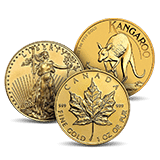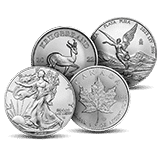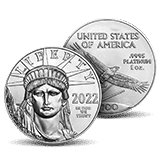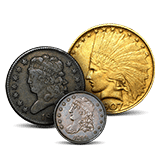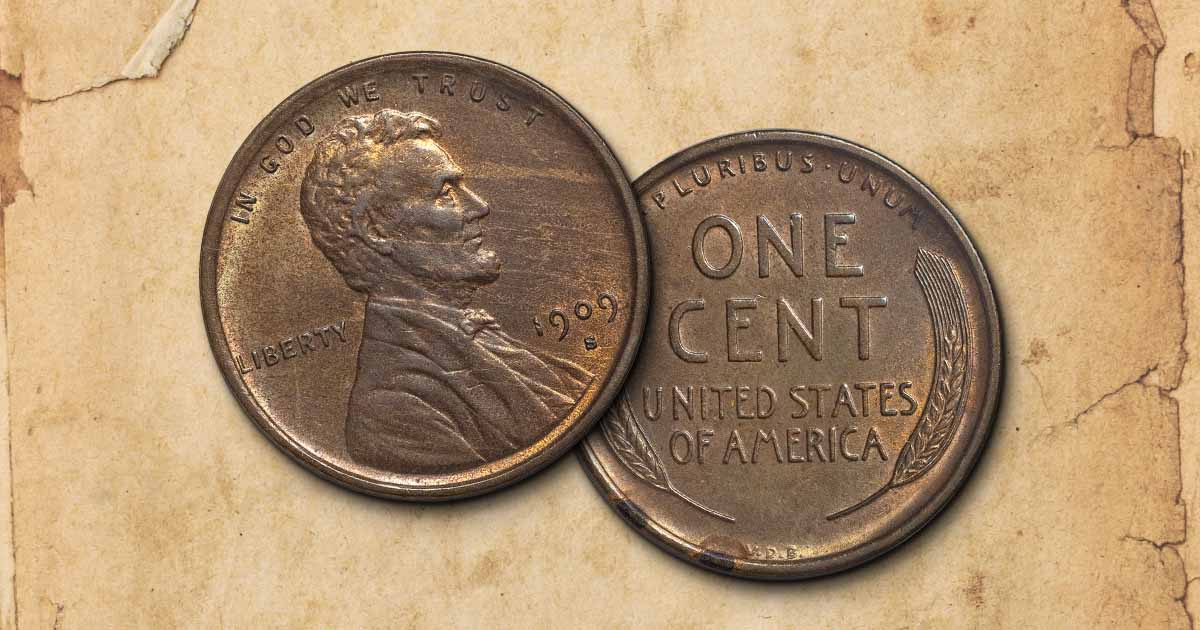
Victor David Brenner is best known as the designer of the Lincoln cent. His initials can be found on some 1909 Lincoln pennies, though they are mired in controversy.
Victor David Brenner’s Background
Brenner was born Avigdor ben Gershon in 1871 to Jewish parents in Shavel, Lithuania, which was part of the Russian Empire at the time. Brenner’s father was an engraver, and he learned to engrave and work with metals as his father did.
He emigrated to the New York City area in 1890 and began taking night classes at Cooper Union while he began to master speaking English and French. By 1898, Brenner moved to Paris to study with Oscar Roty, a French medalist at the Académie Julian.
In 1900, Victor David Brenner exhibited work at the Paris Exposition. He received awards for his engraving work and then returned to the United States.
The Lincoln Cent
In preparation for the 100th anniversary of President Abraham Lincoln’s birth, then-President Theodore Roosevelt sought to honor the man he considered to be the savior of the Union. James B. Longacre’s Indian Head penny had been issued since 1859 and it was time for a change to the U.S. cent after 50 years.
Roosevelt had posed for Brenner as he began rising to prominence among engravers years earlier in New York and chose his work to be featured on the new penny.
Roosevelt was impressed with the bas-relief engraving of Lincoln that Brenner based on Matthew Brody’s photography and chose this design for the new penny.
Controversy Surrounding the 1909 VDB Lincoln Cent
The first Lincoln pennies should have been issued in June of 1909. However, President William Howard Taft, who had taken office in March of that year, wanted the words IN GOD WE TRUST on the obverse of the penny. As a result, the die had to be modified, and the first Lincoln pennies were not issued until August 2.
The public excitement around the release was palpable. Americans waited in long lines for the first Lincoln cents, and police on horseback were called in for crowd control.
In its first week of issue, the Washington Post declared the “V.D.B. Cent Doomed.”
There were changes to the coin announced On August 6. The Evening Chronicle in Charlotte reported that the pennies that had been issued would be withdrawn and that the “Treasury Department has already started collectors on the rounds to gather up the pennies and withdrawn them from circulation.” They further reported that the U.S. Mint at Philadelphia had struck a limited number of these pennies and that no more would be produced.
The inclusion of Brenner’s initials and their placement caused Franklin MacVeagh, Secretary of the Treasury, to call for this withdrawal and modification of the design to remove the artist’s initials. In response, Brenner informed the Washington Post that the design was accepted by the U.S. Mint with his full name present.
As news about the Lincoln cent spread, there was a frenzied attempt in New York City for collectors to buy all the pennies they could for resale.
Newsboys rushed to get as many as they could, and the VDB Lincoln pennies were quickly being sold for 25 cents. By November, the U.S. Treasury stated that all the V.D.B. Lincoln cents had been distributed.
The 1909-S VDB Lincoln cent is one of the key dates in the Lincoln cent series and remains highly valuable today.
The Lincoln cent has featured several reverse designs, but its obverse has remained unchanged for more than 100 years, which makes it the longest running design in United States coinage. The Lincoln cent also has the notable distinction of being the first United States coin depicting an actual human. Previous issues of U.S. coins featured Americanized representations of Greek goddesses like Liberty.

